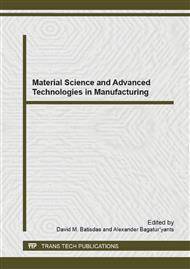p.660
p.665
p.671
p.675
p.681
p.686
p.692
p.697
p.703
The Lagrangian of Analytical Mechanics and its Application in Power System with TCSC
Abstract:
The research and development of Hamilton system have provided an effective approach for the nonlinear analysis and stability control of power system. It also plays an important role in the control of flexible AC transmission system. The application of Lagrange analytical mechanics can improve the realization of Hamilton system and the controller design. The model of single-machine infinite-bus system with TCSC is extended to an even-order system in this paper. On the basis of self-adjoint conditions the standard form of Hamilton realization is obtained with the theory of Lagrange mechanics. By non-conservative analytical mechanics theory, the system controller is designed and Matlab programming is realized on the single-machine infinite-bus system. The simulation effects of the designed controller and general controller under three-phase grounded short-circuit faults are compared, which verifies the effectiveness of the proposed control strategy in this paper. The construction of Hamilton function and design of the controller have a broad prospect of applications.
Info:
Periodical:
Pages:
681-685
Citation:
Online since:
January 2014
Authors:
Price:
Сopyright:
© 2014 Trans Tech Publications Ltd. All Rights Reserved
Share:
Citation:


